- No products in the cart.
Antigrippin Table spike. adults. 10 pcs grapefruit
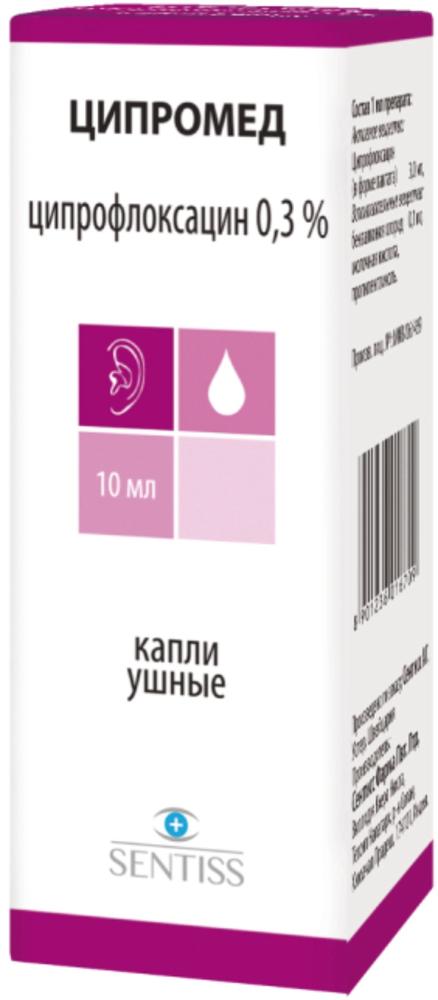
Tsipromed ushn drop. 0.3% 10ml-vial cap.
$2.95
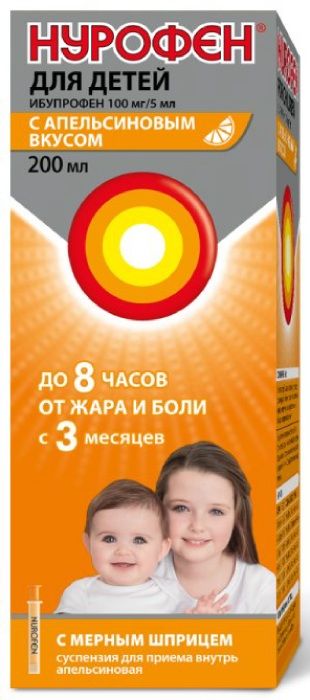
Nurofen for children oral suspension 100mg / 5ml 200ml fl.plast with a syringe dosing orange
$5.59
$8.10
Antigrippin Table spike. adults. 10 pcs grapefruit
Description
Composition
Active substance:
1 tablet contains paracetamol 500mg, chlorphenamine maleate 10 mg, ascorbic acid 200 mg.
Excipients:
effervescent tablets Raspberry flavor: sodium bicarbonate, citric acid, sorbitol, povidone, sodium saccharinate, aspartame, sodium carbonate, macrogol, sodium lauryl sulfate, riboflavin-5-phosphogen sodium, flavor raspberry (aromatic fruit additive “Raspberry”), flavor corrector, powder juice red beets.
Tablets effervescent with grapefruit flavor: sodium bicarbonate, citric acid, sorbitol, povidone, aspartame, sodium carbonate, macrogol, sodium lauryl sulfate, sodium riboflavin-5-phosphate, flavoring lemon (aromatic fruit additive “Lemon”), flavoring grapefruit (aromatic fruit additive “Grapefruit”), taste correctors.
Description:
effervescent tablets Raspberry flavor: Tablets round, flat with bevelled edges and a break line on one side of pink, pink-purple or purple color with a light and dark patches, a specific fruity odor.
Effervescent tablets with grapefruit flavor: tablets are round, flat, bevelled edge with and break line on one side, white, almost white or creamy white, with barely noticeable marbling, with particular citrus odor.
Product form:
Effervescent tablets with raspberry taste, with grapefruit flavor.
10 tablets in a plastic pencil case, or in a blister made of PVC / AI; 2, 4 or 6 tablets strip of AI / AI. 1, 2, 3, 4, 5 or blisters 5,10,15, 20 strips in a cardboard package, along with instructions for use. 1 canisters in a cardboard bundle or in a bundle envelope with a device for hanging together with instructions for use.
Contraindications
Hypersensitivity to paracetamol, ascorbic acid, chlorphenamine or any other component of the formulation. Erosive and ulcerative lesions of the gastrointestinal tract (exacerbation). Expressed kidney and / or liver failure. Alcoholism. Closure glaucoma. Phenylketonuria. Prostatic hyperplasia. Drtsky age (under 15 years). Pregnancy (I and III trimester) and lactation.
Precautions – kidney and / or liver failure, deficiency of glucose-6-phosphate dehydrogenase, congenital hyperbilirubinemia (Gilbert syndrome, Dubin-Johnson and Rotor) giperoksalaturiya progressing malignant disease, viral hepatitis, alcoholic hepatitis, old age.
Indications
Infectious inflammatory diseases (SARS, influenza), accompanied by fever, chills, headache, pain in joints and muscles, nasal congestion and pain in the throat and sinuses.
Interaction with other drugs
Increasing the concentration of blood benzylpenicillin and tetracyclines.
It improves the intestinal absorption of iron (ferric iron needs a divalent); may increase the excretion of iron while the use of deferoxamine.
It increases the risk of crystalluria salicylates in the treatment of sulfonamides and short-acting, slow excretion by the kidneys acids, increases the excretion of drugs having an alkaline reaction (including alkaloids), reduces blood levels of oral contraceptives. Increases total clearance of ethanol.
Ethanol enhances the sedative effect of antihistamines.
Antidepressants, antiparkinsonian agents, antipsychotics (phenothiazine derivatives) – increase the risk of side effects (urinary retention, dry mouth, constipation). Steroids – increases the risk of developing glaucoma.
When applied simultaneously reduces the chronotropic isoprenaline effect.
May either increase or decrease the effect of anticoagulant drugs.
Reduces the therapeutic action of antipsychotic drugs (neuroleptics) – phenothiazine derivatives, tubular reabsorption of amphetamine and tricyclic antidepressants.
Inductors microsomal oxidation in the liver (phenytoin, ethanol, barbiturates, rifampicin, phenylbutazone, tricyclic antidepressants) increase the production of hydroxylated active metabolites, which makes the possibility of severe intoxication with small overdoses. Ethanol contributes to the development of acute pancreatitis.
Inhibitors of microsomal oxidation (including cimetidine) reduce the risk of hepatotoxicity. Simultaneous administration of the drug and increases the diflunisal concentration in blood plasma by 50% paracetamol, hepatotoxicity increases. Simultaneous reception barbiturates reduces the efficiency of paracetamol, increases the excretion of ascorbic acid in urine.
Paracetamol reduces the effectiveness of uricosuric drugs.
Increases the effects of hypnotic drugs.
Overdose
Symptoms of drug overdose due to its constituent materials. The clinical picture of acute paracetamol overdose develops within 6-14 hours after administration. Symptoms of chronic overdose manifested after 2-4 days after the increase in dose. Symptoms of an acute overdose of paracetamol: diarrhea, loss of appetite, nausea and vomiting, abdominal discomfort and / or abdominal pain, increased sweating.
Symptoms of overdose chlorphenamine: dizziness, agitation, sleep disturbances, depression, convulsions.
Treatment: symptomatic.
pharmachologic effect
Pharmacological group:
Means for removing the symptoms of acute respiratory disease and “cold” (non-narcotic analgesic agent vitamin + + histamine H1 receptor blocker).
Pharmacological properties:
Combined preparation. Paracetamol has analgesic and antipyretic activity; eliminates the headache and other types of pain, reduces fever. Ascorbic acid (vitamin C) is involved in regulating the redox processes, carbohydrate metabolism, increases resistance.
Chlorphenamine – H1-blocker gisgaminovyh receptors has antiallergic action, facilitates respiration through the nose, reduces the feeling of nasal congestion, sneezing, lacrimation, redness and itching eyes.
Conditions of supply of pharmacies
Without recipe.
side effects
The drug was well tolerated at the recommended doses.
In rare cases, there are: the central nervous system: headache, feeling tired; by ZHKG: nausea, pain in the epigastric region; with the endocrine system: hypoglycemia (up to coma development); from the side of the blood: anemia, hemolytic anemia (particularly for patients with deficiency of glucose-6-phosphate dehydrogenase); rarely – thrombocytopenia; allergic reactions: skin rash, pruritus, urticaria, angioedema, anaphylactoid reactions (including anaphylactic shock), erythema multiforme (including Stevens-Johnson syndrome), toxic epidermal necrolysis (Lyell’s syndrome); Other: hypervitaminosis, a metabolic disorder, sensation of heat, dry mouth, paresis of accommodation, urinary retention, drowsiness.
All the side effects of the drug should be reported to your doctor.
special instructions
When receiving metoclopramide, domperidone or cholestyramine also need to consult with your doctor.
With prolonged use at doses significantly higher than recommended, it increases the probability of the liver and kidney, requires monitoring of peripheral blood picture.
Paracetamol and ascorbic acid can distort indicators laboratory tests (quantitative determination of glucose and uric acid in the blood plasma bilirubin, “liver” transaminases, LDH).
To avoid liver toxicity of paracetamol should not be combined with the admission of alcoholic beverages, as well as to make people prone to chronic alcohol consumption. The risk of liver damage increases in patients with alcoholic hepatosis.
Purpose of ascorbic acid in patients with rapidly proliferating tumor and metastatic intensively may increase during the process. In patients with high iron content in the body should be used ascorbic acid in minimal doses.
Storage conditions
Storage temperature is 10-30 C.
Keep out of the reach of children!.
Dosing and Administration
Inside. Adults and children over 15 years: 1 tablet 2-3 times a day.
The tablet should dissolve completely in a beaker (200 ml) with warm water (50-60 * C) and the resulting solution immediately drink. It is better to take “drug between meals. The maximum daily dose – 3 tablets. The interval between doses of the drug should be at least 4 hours.
In patients with impaired liver function or renal and elderly patients interval between doses of the drug should be “not less than 8 hours.
The duration of intake without consultation with a physician is not more than 5 days when administered as an analgesic and 3 days as an antipyretic.
Information
Appearance may differ from that depicted in the picture. There are contraindications. You need to read the manual or consult with a specialist
Additional information
| Weight | 0.100 kg |
|---|---|
| Manufacturer | VALEANT |

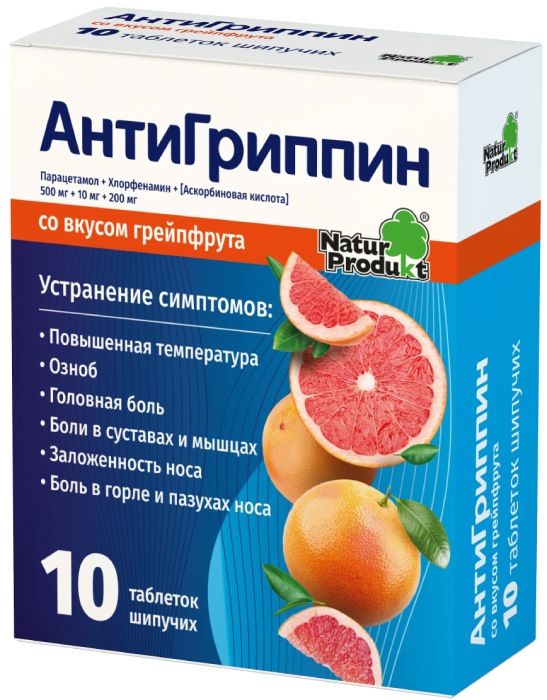
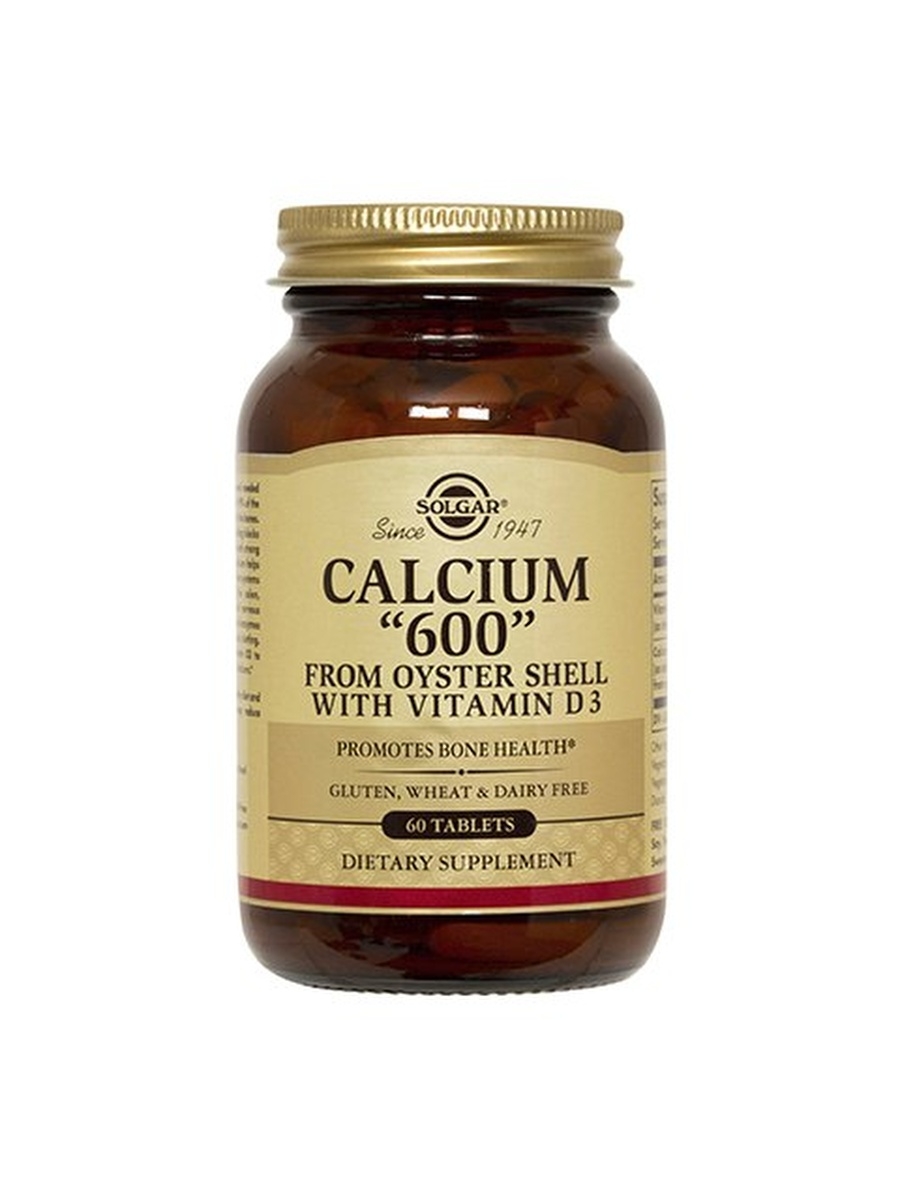
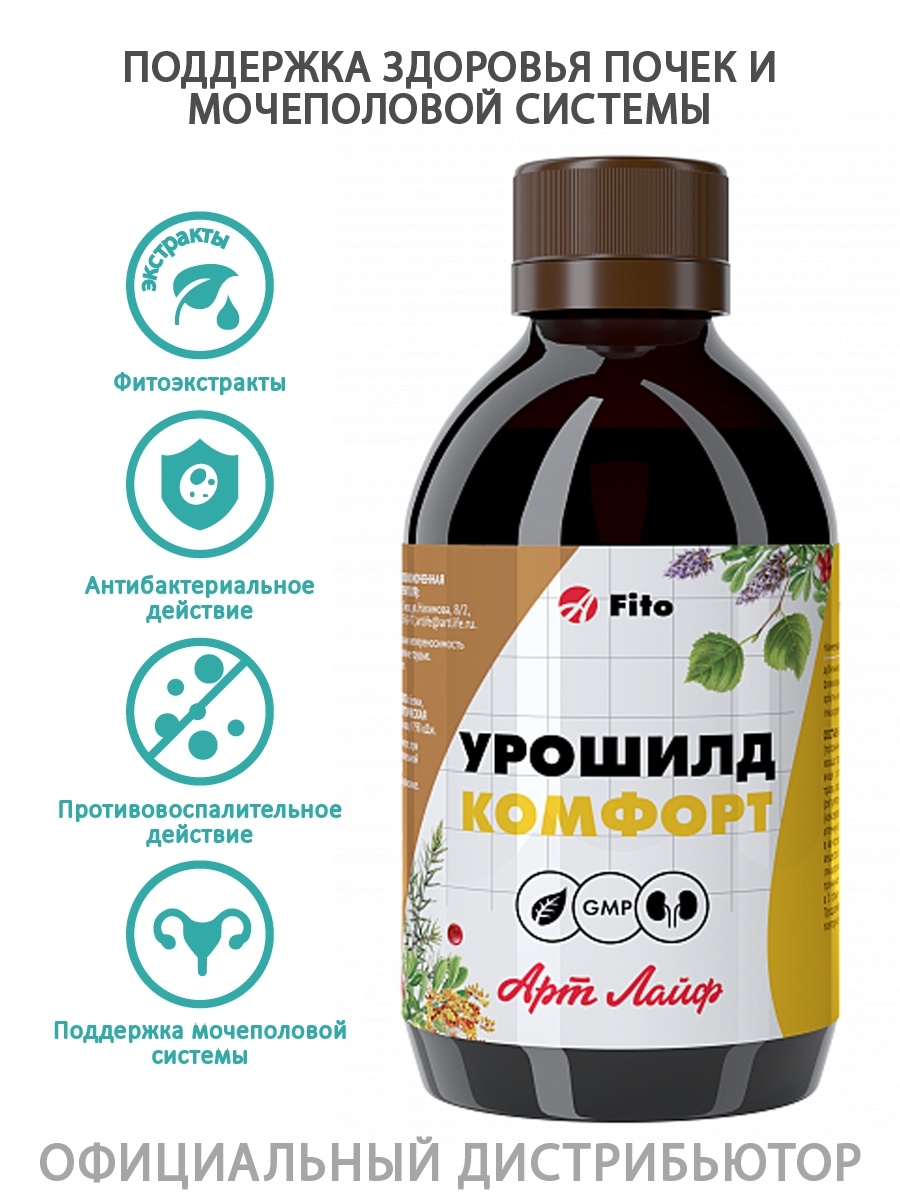
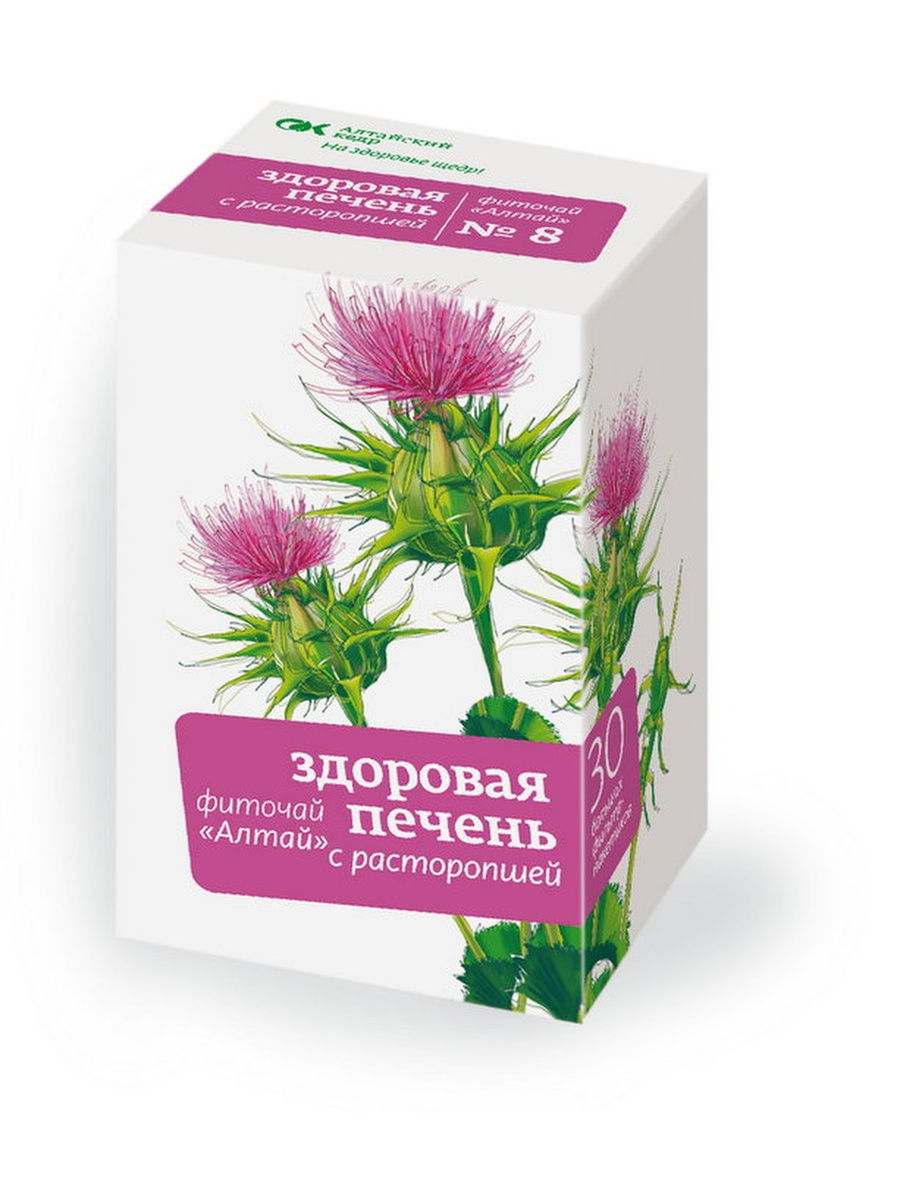
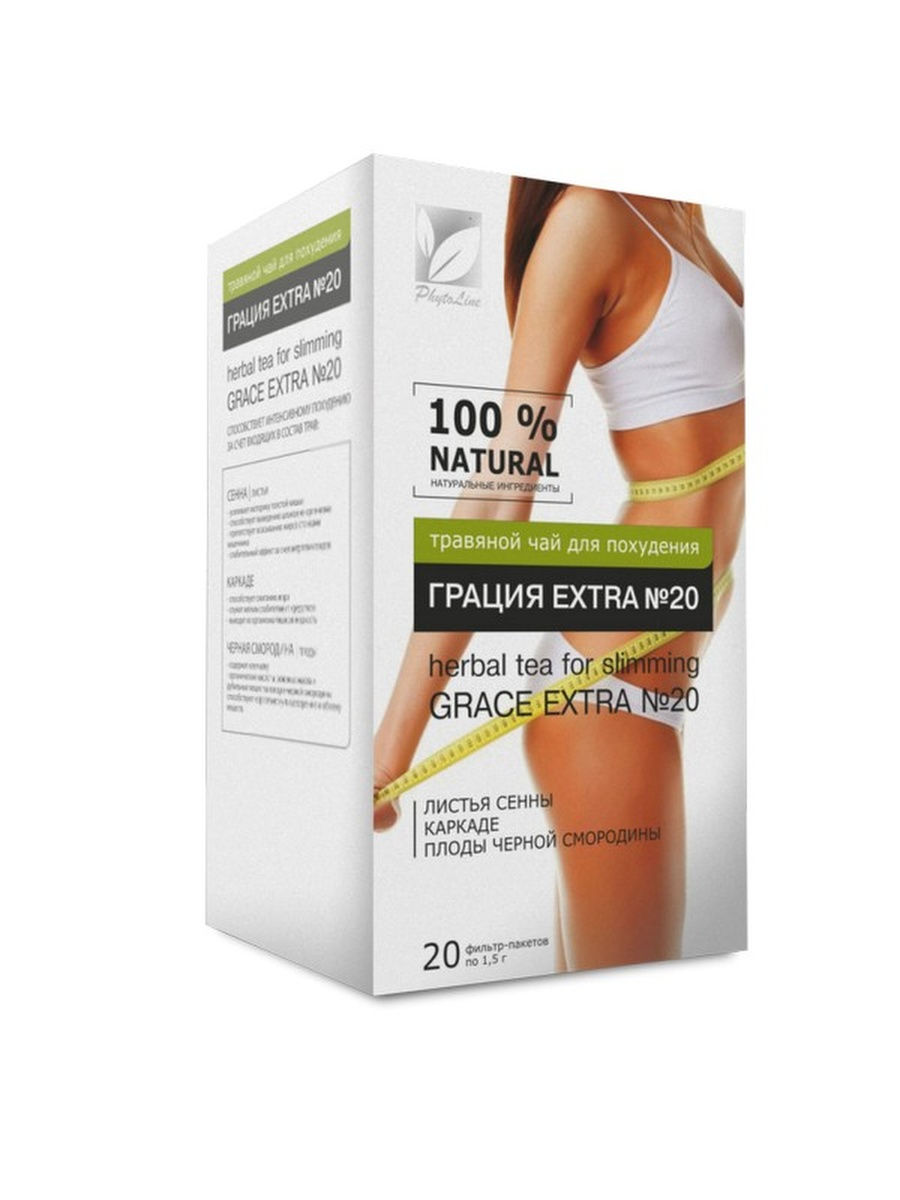
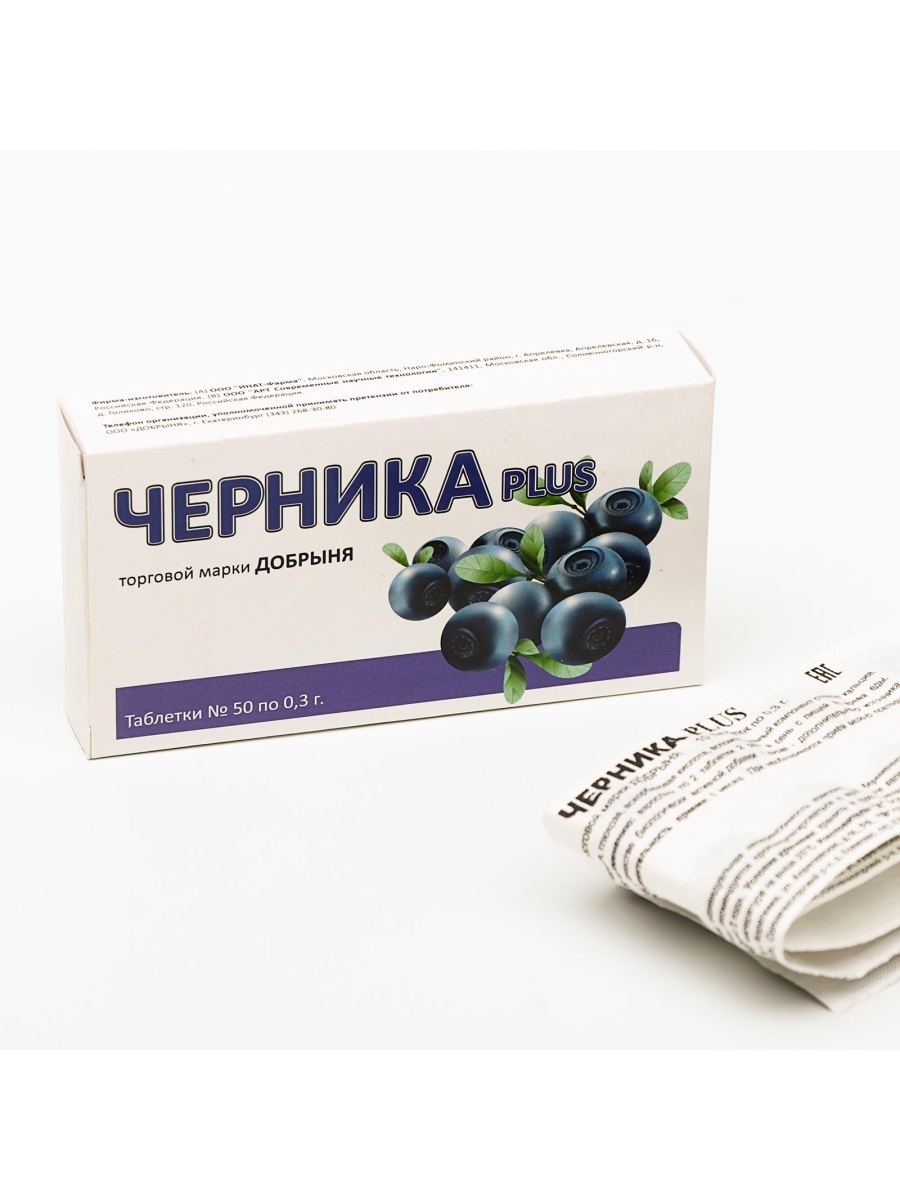





There are no reviews yet.